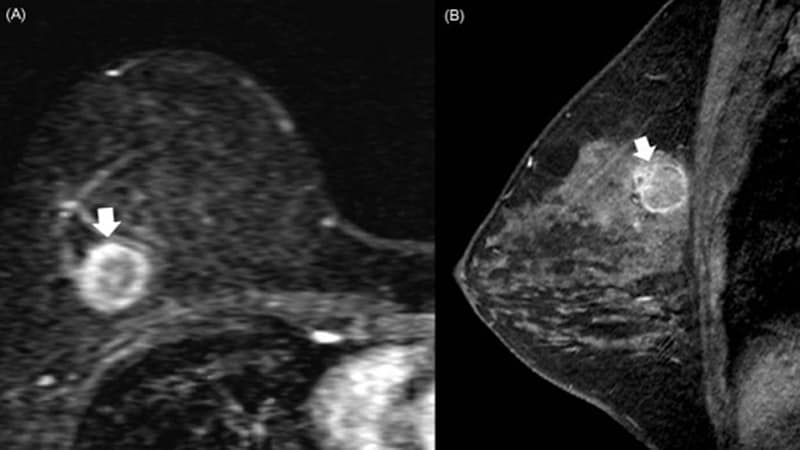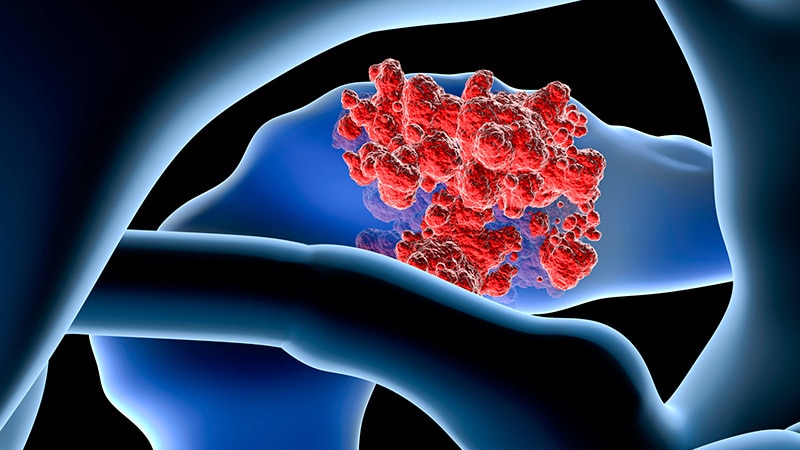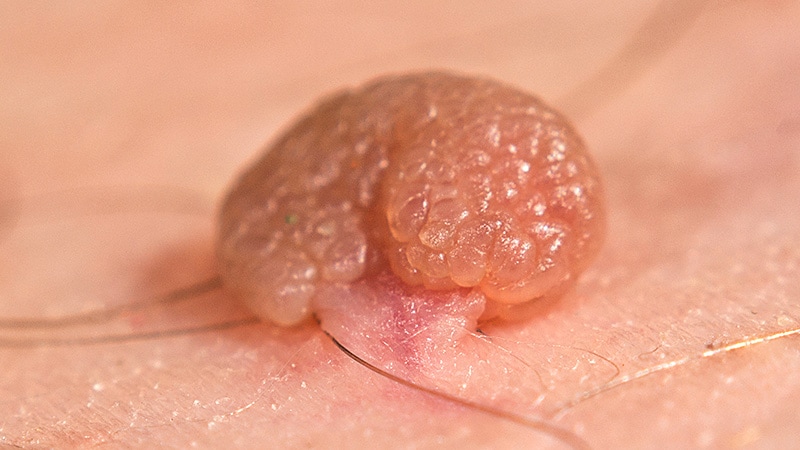This transcript has been edited for clarity.
Dear colleagues, I'm Christoph Diener, from the medical faculty at the University Duisburg-Essen in Germany. Today I have six publications from March 2024 with the main topics of headache, epilepsy, and antiepileptic drugs during pregnancy.
Headache in Kids/Adolescents
Let me start with headache in children and adolescents. There is a very important study from Canada, with almost 5 million children and adolescents aged 5-17 years. When they looked at whether these children either had infrequent headache (which is one or less days per month) or more than one headache per month, 300,000 of these children and adolescents had frequent headaches.
The lifestyle factors that were associated with an increased number of migraine days or headache days were not surprising, and included increasing age and female sex. Headache was also associated with irregular meals; the so-called late chronotype, which are children who go to bed late and cannot get out of bed in the morning; and more than 21 hours of screen time per week. There was no significant association with physical activity.
In the age group between 12 and 17 years, predictors of frequent headaches were alcohol use, smoking, and cannabis use. Some of these factors have clear implications for consulting children and adolescents, and their parents. Probably the factor that can be influenced most easily is screen time.
Monoclonal Antibodies for Migraine
The APPRAISE study, published in JAMA Neurology, was conducted in Spain and compared a monoclonal antibody against the CGRP receptor erenumab with standard oral prophylactic therapy. This study included 621 patients. Two thirds received erenumab 70 or 140 mg once monthly, and the others received preventive therapy. They were followed for 1 year.
The primary endpoint of the study was the adherence to therapy after 1 year and at least 50% reduction in monthly migraine days. This endpoint was achieved in 56% on erenumab and in 17% with oral migraine prophylactics. The 50% responder rate was 76% vs 19%.
The discontinuation rate due to side effects was 3% with erenumab and 23% with oral migraine preventive therapy. This is a very strong argument for the use of monoclonal antibodies — in this case, in frequent episodic migraine. The only downside is the high costs of monoclonal antibodies.
Bleeding on Oral Anticoagulants and SSRIs
My next study, published in JAMA Network Open, deals with bleeding risks in people who are anticoagulated and have atrial fibrillation. We know that selective serotonin reuptake inhibitors, SSRIs, used for the treatment of depression, carry a slightly increased risk for bleeding. The reason is that these drugs inhibit platelet function.
This was a population-based case-control study from the UK, which looked at the consequences of concomitant use of SSRIs and oral anticoagulants. They identified 42,190 patients with atrial fibrillation who had a major bleed. They had 1.1 million controls, atrial fibrillation, anticoagulated without SSRIs.
The incidence rates for bleeding were increased by 40%-60% with concomitant use of SSRIs. This was true for any kind of bleeding, GI bleeding, and intracranial bleeding. The risk was the same for DOACs and for vitamin K antagonists.
In clinical practice, this means that people who have a high risk for bleeding and atrial fibrillation and depression most probably should receive a tricyclic antidepressant.
Antiepileptic Drugs in Pregnancy
My last three studies deal with the possible consequences of exposure to antiepileptic drugs during pregnancy.
The first study, published in TheNew England Journal of Medicine, looked at the autism incidence at age 8 years after prenatal exposure in women with epilepsy to topiramate, valproic acid, and lamotrigine.
In the 4.2 million children whose mothers were not exposed to antiepileptic drugs and had no epilepsy, the incidence of autism was 1.9%. The incidence in mothers with epilepsy without antiepileptic drug exposures was increased to 4.2%.
With exposure to valproic acid, the incidence increased to 10.5%; with topiramate, to 6.2%; and lamotrigine, 4.1%. When corrected for confounders, the increased risk was only observed for valproic acid.
Next is a cohort study on the risk for serious congenital malformations after exposure to antiepileptic monotherapy, published in JAMA Neurology. This was an observational study in children up to the age of 1 year. A total of more than 10,000 pregnancies were evaluated for the eight most commonly used antiepileptic drugs.
The malformation rate was increased for valproic acid by 9.9%; phenytoin, 6.3%, phenobarbital, 6.2%, carbamazepine, 5.4%; topiramate 4.9%; lamotrigine, 3.1%; oxcarbazepine, 2.9%; and levetiracetam, 2.5%.
The increased risk for serious congenital malformations was significantly increased for valproic acid, phenobarbital, and carbamazepine. The good news is that between 1998 and 2022, the number of children in women with epilepsy decreased from 6.1% to 3.7%.
The last study deals with prenatal exposure to antiepileptic drugs and postnatal neurologic and psychiatric disorders. This is a meta-analysis of 43 studies. They observed an increased risk for autism and intellectual impairment with valproic acid, and an increased risk for autism with topiramate. There was no increased risk with lamotrigine. We have insufficient data for the new antiepileptic drugs.
I think these studies have clear implications for the treatment of women with epilepsy who want to become pregnant. The major problem with valproic acid and topiramate is not only treatment of epilepsy, but also migraine prevention in females with these two drugs.
Dear colleagues, I'm Christoph Diener, from the medical faculty at the University Duisburg-Essen. Thank you very much for listening and watching.

.webp) 2 weeks ago
6
2 weeks ago
6
























 English (US)
English (US)